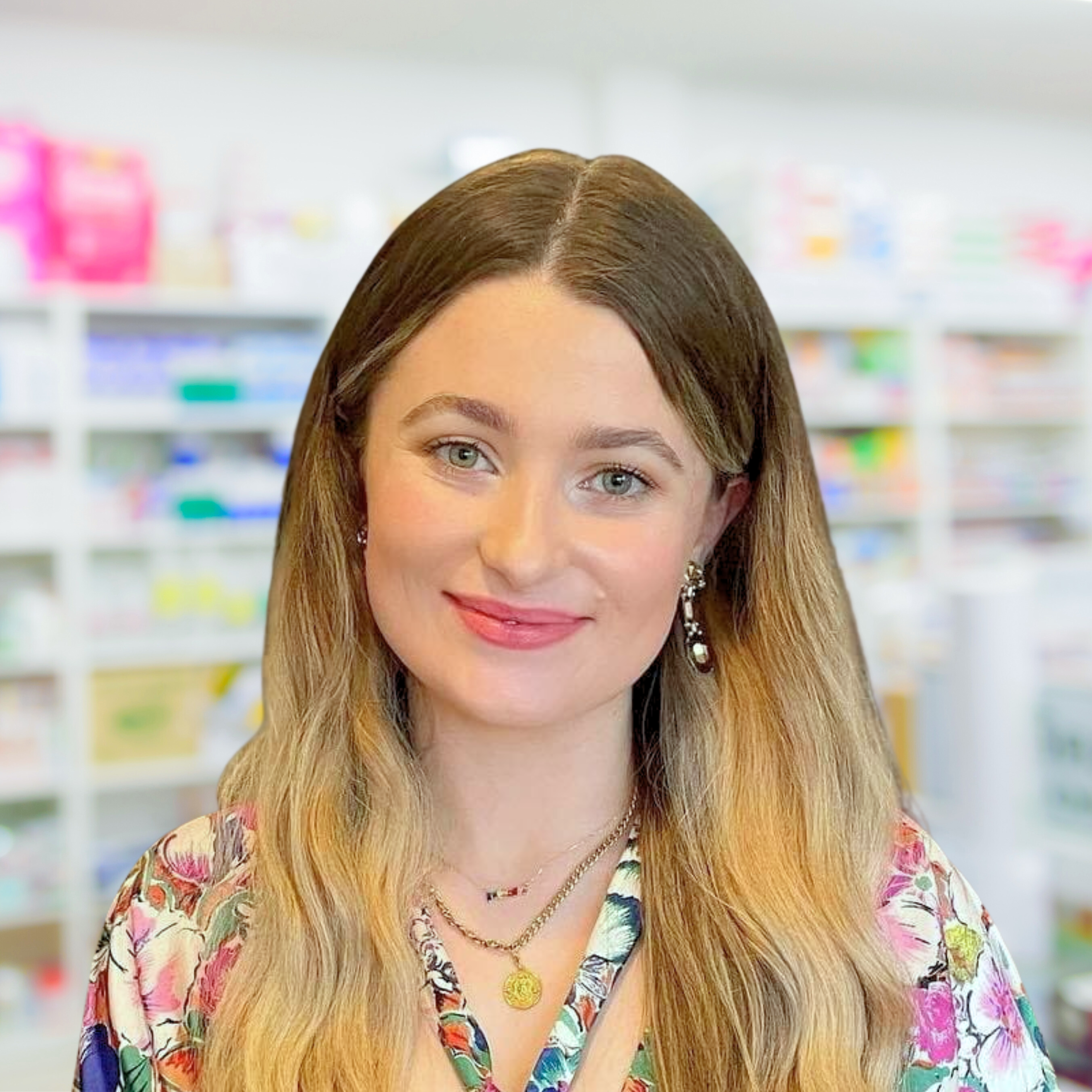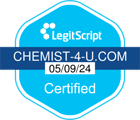Everything you need to know about fexofenadine

With the pollen count creeping up and grass pollen season on its way, you might be bracing yourself for the onset of sneezing, itchy eyes and runny nose that we call hay fever.
There are a lot of hay fever treatments on the market and it can be confusing trying to figure out which one will work best for you. In this guide, we’ll be specifically talking about an antihistamine called fexofenadine and how you can take it to treat and prevent the onset of your hay fever symptoms.
What is fexofenadine?
Fexofenadine is a type of medicine called an antihistamine and it is used to treat the symptoms of allergic rhinitis caused by pollen, dust mites, animals and more.
This medicine can also be used to treat chronic urticaria, a condition that causes an itchy skin rash lasting longer than six weeks.
A lot of antihistamine treatments tend to cause drowsiness - fexofenadine, however, is classed as a non-drowsy antihistamine, meaning it’s less likely to make you feel sleepy. Fexofenadine comes in the form of tablets, usually in 120mg or 180mg doses.
How does fexofenadine treat hay fever?
Fexofenadine is an antihistamine, which means it works by blocking a substance called histamine that your body releases during an allergic reaction.
When you come into contact with pollen, the cells in the linings of your nose and eyes release histamine, causing inflammation that leads to allergy symptoms such as itchy eyes and a runny nose.
By taking an antihistamine like fexofenadine, histamine isn’t able to cause that inflammation and your symptoms can be relieved and prevented.

How to take fexofenadine
You should always read the patient information leaflet before starting a new medicine to make sure you’re taking it correctly.
Fexofenadine (120mg and 180mg) can be taken by adults under the age of 65 and children aged 12 and over. The usual dose for hay fever in adults and children aged 12 years and over is 120mg once a day.
For urticaria (hives), a 180mg dose may be recommended. Both 120mg and 180mg fexofenadine tablet should be taken before a meal, swallowed whole with a drink of water.
When to take fexofenadine depends on your condition - you should speak to your doctor or Chemist4U pharmacist for expert advice.
You might only need to take this medicine when you have symptoms triggered by exposure to an allergen, such as animal hair for example.
If you regularly suffer from hay fever, you might need to take fexofenadine regularly throughout the spring and summer months to prevent your symptoms.
Who shouldn’t take fexofenadine?
Fexofenadine should be avoided if you’ve ever had an allergic reaction to this medicine in the past and you should let your doctor or Chemist4U pharmacist know if you have ever had an allergic reaction to any other medicines before.
You should speak to your doctor or Chemist4U pharmacist before taking fexofenadine if:
- You have problems with your liver or kidneys
- You have, or have ever had, heart problems
- You have epilepsy or another condition that puts you at risk of seizures
- You are booked in for an allergy test
Are there any side effects?
Like all medicines, it’s possible you might experience some side effects when you take fexofenadine. Common side effects of this medicine include nausea, sleepiness or dizziness, headaches and dry mouth.
If you experience a fast or irregular heartbeat after taking fexofenadine, you should seek medical attention as soon as possible.
If you experience any symptoms of a severe allergic reaction (difficulty breathing, swelling in the face and mouth, skin rash), you should call an ambulance or go to your accident & emergency department immediately.

Can fexofenadine be used for other allergies?
Hay fever is one of the most common allergies that antihistamines like fexofenadine would be used for, but you can use this medicine for other allergies and conditions too, such as:
- Some food allergies
- Conjunctivitis
- Urticaria (hives)
- Insect bites and stings
- Eczema
When using fexofenadine for an allergy or condition other than hay fever or allergic rhinitis, you should speak to your doctor or a Chemist4U pharmacist for advice on whether this medicine is right for you.
Is fexofenadine available without a prescription?
Fexofenadine was originally a prescription-only medicine, but it has very recently been made available to purchase without a prescription.
For a 180mg dose, you can buy fexofenadine over the counter with just a couple of questions from your pharmacist. For the lower dose of 120mg, you’ll be able to find fexofenadine amongst the other antihistamines you may see regularly on the shelf in your pharmacy, like loratadine and cetirizine.
Chemist4U now stocks prescription fexofenadine as part of our online clinic, over-the-counter fexofenadine with a short questionnaire and the lower-dosage version which is available to buy without answering any questions before purchase.
Treathay (120mg) and Allevia (120mg) are our newest additions to the fexofenadine range, both available without a prescription.





